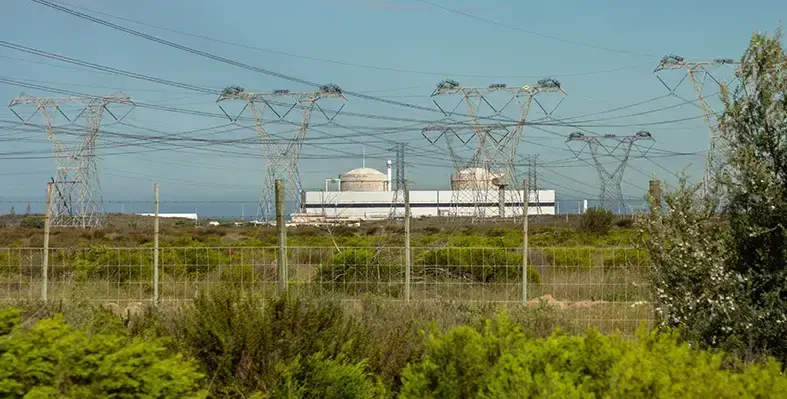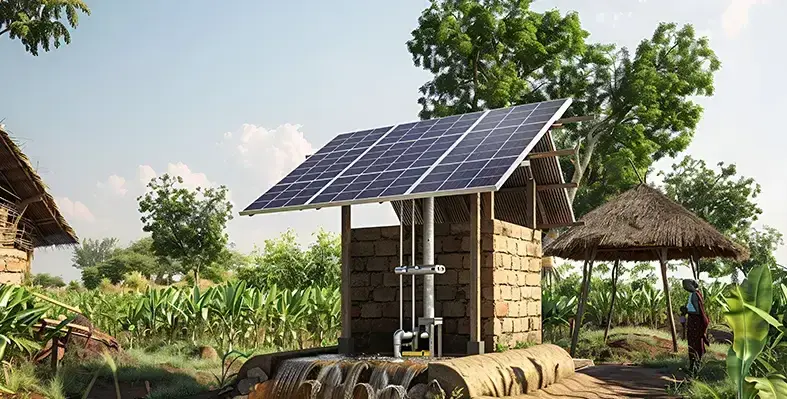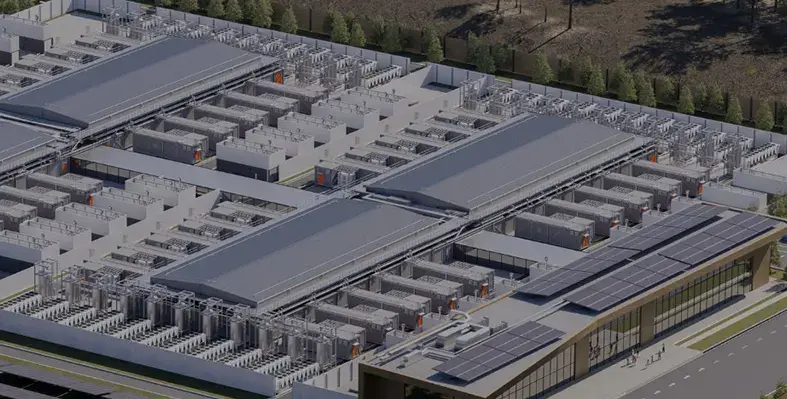The International Atomic Energy Agency (IAEA) has launched a new outlook on nuclear power in Africa
The report surveys the continent’s current energy landscape, highlighting the prospects for nuclear power to address the lack of electricity that is still a daily reality for about half a billion people.
South Africa is for now the only African country with nuclear power, with the two-unit Koeberg nuclear power plant near Cape Town supplying almost two gigawatts of capacity.
However, enthusiasm is building across the continent where fossil fuels currently dominate energy production, accounting for more than 70% of electricity production.
During its current G20 presidency, South Africa is partnering with the IAEA to focus on the implementation of nuclear new-build programmes in Africa.
There is particular interest in small modular reactors (SMRs) given the grid infrastructure constraints.
“The global interest in SMRs is increasing due to their ability to meet the need for flexible power generation for a wider range of users and applications as we move from high carbon emissions to lower carbon emission sources,” said Zizamele Mbambo, deputy director general for nuclear energy in South Africa’s Department of Mineral Resources and Energy (DMRE).
A growing number of African countries are interested in adding nuclear to their energy mix, with Egypt building its first four-unit nuclear power plant, expected to be ready by 2028.
Ghana and Kenya are also working with the IAEA to develop the requisite infrastructure to launch their programmes.
The latest IAEA projections have nuclear capacity in Africa increasing tenfold by 2050 in the high-case scenario, while even in the low case scenario the current figure grows by a factor of five.
But it would come at a huge financial cost: in the high-case scenario, nuclear capacity could require more than US$100bn in additional investment.
“Access to reliable and low-carbon energy sources such as nuclear can enable Africa to further explore and more importantly also add benefits and value to its vast natural resources, including uranium,” said Frederik Reitsma, head of the IAEA’s nuclear power technology development section.
“History has shown that the development of a nuclear power programme, and the development of the associated supply chain, drives industrial growth and leads to advanced technology development in other areas.”
The IAEA report takes an in-depth look at what is required to deploy enough nuclear to meet the continent’s significant energy needs, underscoring the importance of addressing financing challenges, implementing strong, supportive government policies and adopting a regional approach to nuclear power development.
It also details IAEA support in these and other areas.
The publication also looks at how SMRs could play a major role in Africa, highlighting benefits such as their suitability for the relatively small electric grids that are common in Africa as well as lower capital costs.
Uranium mining is also identified as a significant growth opportunity for the continent, which is already home to three of the world’s top 10 uranium producers: Namibia, Niger and South Africa.
Some 14% of global uranium production is today from countries in Africa.
For now, South Africa stands out as the prime example for nuclear energy in Africa.
The Koeberg Unit 1 long-term operation licence was granted in 2024, allowing the power station to extend the unit’s operational life by 20 years.
In addition, the DMRE Integrated Resource Plan of 2023 aims to add 2,500 MW of new nuclear capacity, including SMRs, after 2030, which has been approved by the National Energy Regulator of South Africa (NERSA).
Read more:
Global energy demand surged in 2024, says IAE




